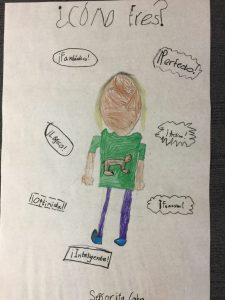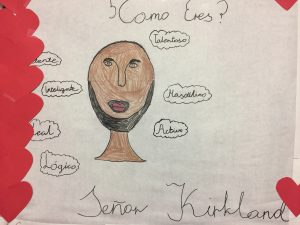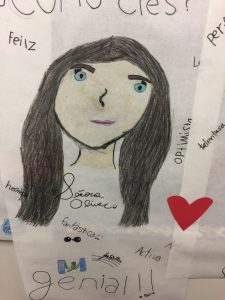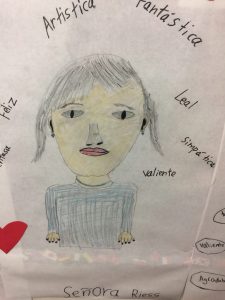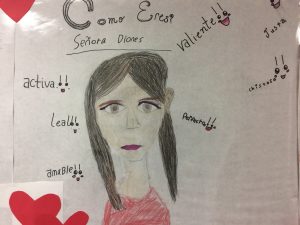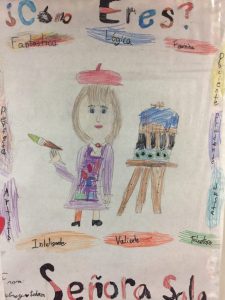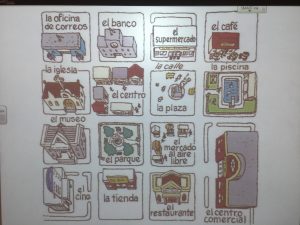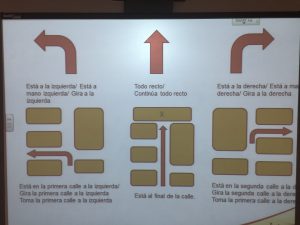Spanish Grade Three Curriculum con Señora Oliver
In Grade Three, Spanish instruction is designed to generate interest and enthusiasm for the target language through a wide range of communicative and hands-on activities. The teaching of Spanish at the elementary level is content-based and interdisciplinary. Grade three students will learn and use Spanish vocabulary and simple grammar structures while developing communicative skills and acquiring knowledge in Language Arts, Social Studies, Art, and Music.
The class meets 2 times/week for 45 minutes. Typical activities include vocabulary routines (greetings, date, weather, etc), songs and poetry, Total Physical Response activities (TPR engage children in active, physical activities and interactions in the target language), role playing, games, content-based exercises and applications, fiction and nonfiction read aloud, and introduction to Hispanic cultures and traditions.
Expectations
Exposing your young child to a second language optimizes his or her learning potential, and capitalizes on the brain’s capacity for language acquisition in the early years. Classes are focused on acquisition of vocabulary and the development of lifelong foreign language proficiency, communicative skills and cultural awareness.
At the end of third grade students are able to:
State their name
Say the day of the week, months, seasons
Speak about the weather
Know how to introduce themselves
Demonstrate orally and in written form a mixture of vocabulary words and phrases (i.e., greetings, simple commands, numbers, body parts, family members, shapes, animals, days, months, likes and dislikes) through literature, music, games, illustrations, pictures, and symbols.
Be able to read pre-intermediate level Spanish
Identify major Hispanic Holidays
Know names of Sports in Spanish
Identify directions in Spanish
Recite the pledge of allegiance by memory
Sing a variety of Spanish songs from memory
Understand and identify school vocabulary
Know basic clothing vocabulary
Extend a conversation using complete sentences to include more simple questions and answers.
Make routine requests, such as: May I go to the bathroom? May I drink water?
Students engage in conversations, obtain and provide simple information, express feelings and emotions, and exchange opinions in Spanish
Associate body parts and articles of clothing according to seasons through literature, music, games, illustrations, pictures, and symbols.
Understand present tense conjugation of the verbs, TENER, ESTAR, SER
Use today, tomorrow, and yesterday sentence structure
Know the rules of agreement between gender, number, and placement with adjectives.
Use basic vocabulary to create a multimedia rich presentation to be shared with an audience
Recognize and understand the meaning of singular subject pronouns.




